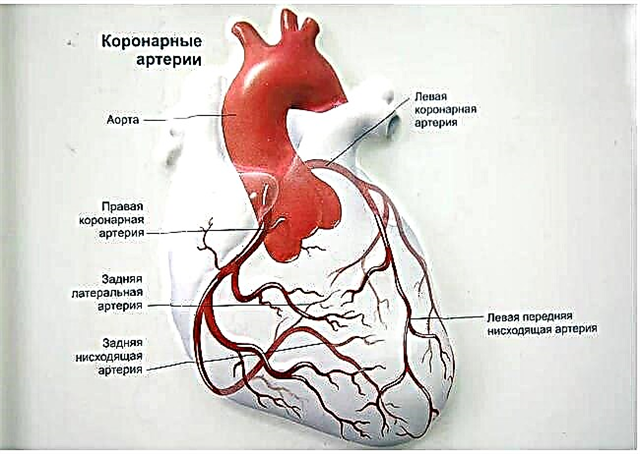Castor (ricin) oil is an emulsion of plant origin, which is extracted from castor oil plants. The product contains more than 80% percent of fatty acids (glycerides) with pronounced medicinal properties. The phytopreparation is actively used within the framework of alternative medicine for the treatment of skin diseases, problems with the gastrointestinal tract and inflammatory processes in tissues.
Castor oil for ears is one of the safest antiphlogistic, antispasmodic and wound healing agents. External use of the phytopreparation provides a rapid suppression of catarrhal processes in the mucous membranes, which is due to its antiseptic properties. But in order to achieve the desired therapeutic result, it is important to follow the basic rules for the use of ricin oil in the treatment of ENT diseases.
Medicinal properties

The pronounced medicinal properties of the phytopreparation are due to its unique chemical composition, which includes triglycerides of fatty acids, in particular ricinoleic acid. The main therapeutic properties of the agent include:
- bactericidal - inhibits the development of most strains of aerobic bacteria that provoke the formation of foci of inflammation in tissues;
- antimycotic - destroys yeast-like and mold fungi that cause the development of otomycosis and skin diseases;
- anti-inflammatory - prevents the production of inflammatory mediators, which helps to suppress pain;
- wound healing - restores cellular metabolism, which leads to an acceleration of regeneration processes in tissues.
Due to the above properties, castor oil for ears is used as an effective wound healing, analgesic, decongestant and disinfectant. The herbal remedy does not include toxic substances, therefore it is actively used for the treatment of ENT diseases not only in adults, but also in children from 2 years of age.
Application methods
Systematic external use of ricin oil helps to eliminate irritation, hyperemia, minor abrasions and erosions on the surface of the skin and mucous membranes. For this reason, herbalists recommend using an emulsion to relieve symptoms of otitis externa and otitis media. The main methods of using herbal remedies include:
- instillation;
- compresses;
- ear turundas.
Unlike most vegetable oils, castor oil does not form a film on the skin's surface. That is why it can be used as antibacterial and antifungal drops for the treatment of furunculosis, otomycosis, bacterial otitis media, eustachitis, etc. By regularly instilling castor oil in the ear, you can normalize the pH level in the external auditory canal, which will help restore local immunity.
Burying
Self-treatment of ENT diseases with ricin oil can cause complications. Therefore, before using a herbal remedy, it is advisable to consult with an otolaryngologist. It is strongly discouraged to bury castor oil in the ears if there are perforations in the ear membrane. The ingress of a viscous emulsion into the middle ear cavity will lead to a violation of the conductivity of the auditory ossicles, which is fraught with the development of persistent hearing loss.
In the process of using an anti-inflammatory emulsion, the following rules should be adhered to:
- clean the ear canal from earwax;
- heat the oil to 37 degrees;
- using a pipette, drip 2-3 drops of the drug into each ear;
- remove excess product with a cotton swab.
If you have rhinitis or nasal congestion, you should first clear the nasal passages of mucus. Otherwise, treatment with castor oil will be ineffective.
Removing sulfur plugs
Otolaryngologists do not recommend performing procedures for removing sulfur plugs at home. Inappropriate manipulation can damage the integrity of the skin in the ear canal or eardrum. Swelling of the tissues will only complicate the procedure for removing the ear plug from the ear.
If the ear canal is partially blocked, heated castor oil can be used to remove sulfur deposits. A few drops of the agent are instilled into the ear, after which the ear canal is clogged with a cotton swab. The procedure should be repeated once every 4-5 hours for several days.
To remove the softened plug, use warm boiled water, with which the ear is gently washed from a syringe with a rubber tip. To do this, tilt the head down with the affected ear so that water does not flow into the auditory canal. After cleansing, it is advisable to insert a cotton swab into the ear to prevent the entry of pathogens.
Compress
Warming compresses are used to treat otitis media at the stage of resolution of inflammatory processes. In the presence of purulent inflammations, heat therapy can only contribute to the spread of foci of inflammation in the inner parts of the ear. This is fraught with the development of meningitis, labyrinthitis, as well as dysfunction of the vestibular apparatus.
How to use castor oil for the ear correctly? To stop local manifestations of otitis media, such as swelling of the Eustachian tube, irritation, pain in the ear and hearing loss, it is advisable to follow this algorithm of actions:
- fold the gauze in several layers so that its area approximately corresponds to the size of the auricle;
- make a longitudinal cut in the central part of the napkin;
- moisten gauze in heated oil;
- apply a slightly squeezed tissue to the area behind the ear;
- cover the napkin with wax paper and cellophane;
- Warm your ear with a layer of cotton wool or a woolen scarf.
You can not use ricin oil to treat otitis media at the stage of acute inflammation.
Warming up the ear will only promote the secretion of serous exudate in the ear cavity. This will create additional pressure on the ear membrane and exacerbate pain.
It is advisable to perform the procedure before bedtime, leaving the compress for the whole night. After removing the bandage, the area behind the ear is wiped dry, and a piece of cotton wool is placed in the ear canal to avoid blowing.



